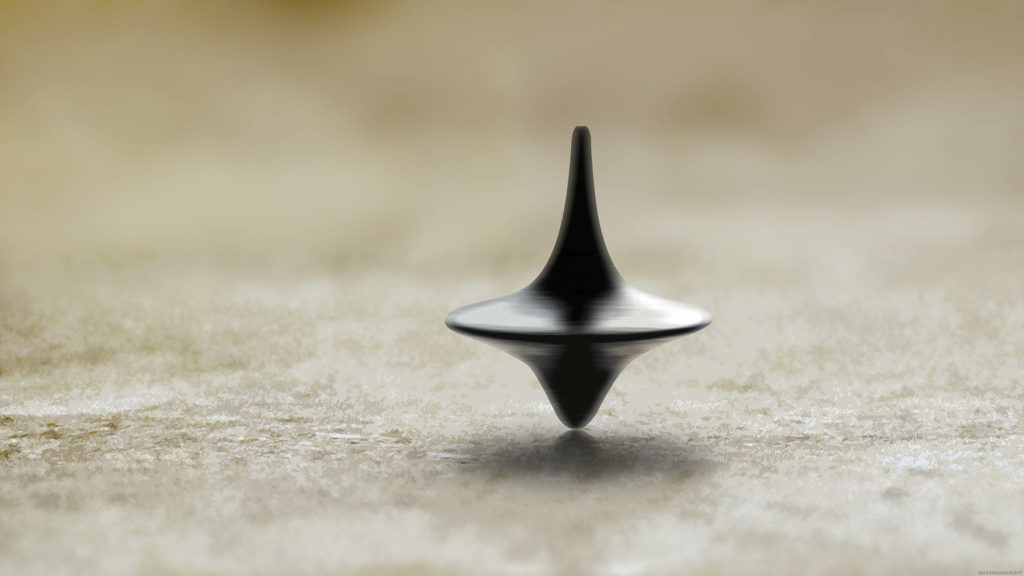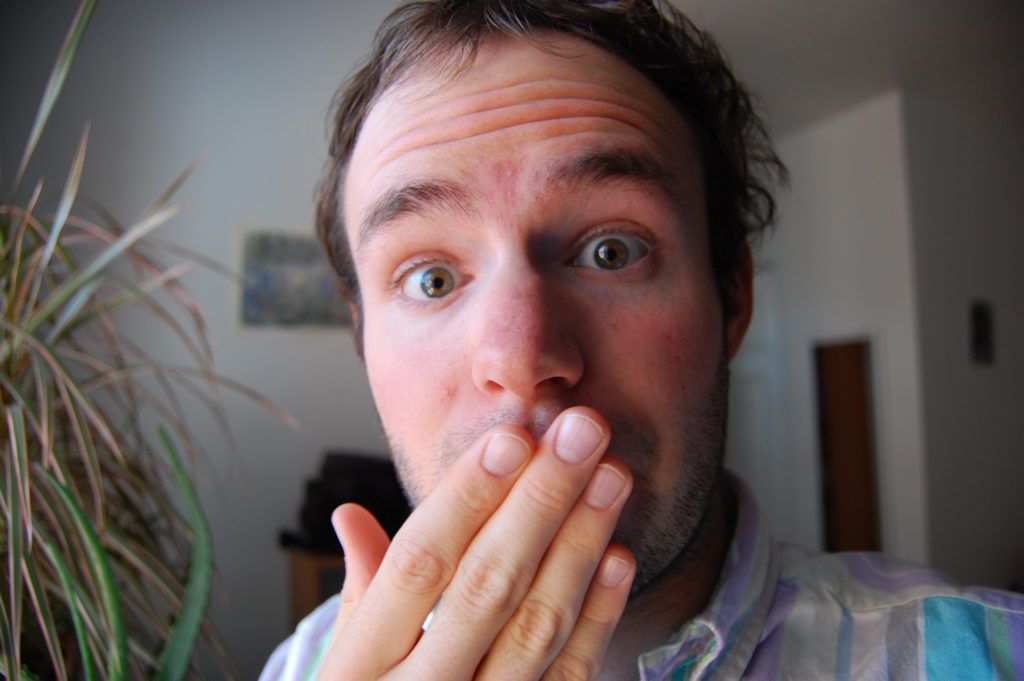

Have you heard of the new science of Memetics? It’s the study of memes – units of consciousness (aka thoughts) – how they interact, replicate, and evolve.
Note: This article does NOT contain spoilers. It’s safe to read even if you haven’t seen the movie.
I love it when a popular film comes along that not only entertains but manages to seed new ideas.
When Obi Wan Kenobi instructed Luke Skywalker to “use the Force,” Western minds were introduced to the concept of an invisible energy field that had long been described in other cultures as chi, prana or mana. Quantum physicists refer to it as the quantum field.
The English language is woefully deficient in ways to describe such things as subtle energy, but once we had “the Force” as part of our lexicon, English-speaking people could “grok” it. Later Neo swallowed the Red Pill, took us “down the rabbit hole” and the concept of “The Matrix” became part of mainstream vocabulary and consciousness.
Similarly, the new film Inception popularizes three basic concepts that are near and dear to my heart because I’ve found them quite useful for understanding more about how we experience consciousness. Discussions around these subjects could fill scores of books and I will be returning to them in subsequent posts but for now I’ll just make a brief note about each.
1. Your subconscious is more powerful than your conscious mind.
Way more powerful.
Hypnotherapists know this of course. Working with the subconscious is the key to our success with clients. But even hypnotherapists are held hostage by the subjective feeling that it’s our conscious minds running the show. It’s an illusion. Most of the time the subconscious is in charge of our behavior and that’s not necessarily a bad thing. (I like to make a distinction between “unconscious” and “subconscious.”) Inception is the first time I’ve seen a popular film spell this out so clearly. While most books on psychology or behavior rarely list “subconscious” in the index – I know because it’s the first thing I check – Inception puts the subconscious mind front and center. It’s the field within which most, if not all, the film’s action unfolds. Very cool.
2. Thoughts are seeds.
More importantly, it’s from these seeds that our decisions and actions grow.
Cobb: “What’s the most resilient parasite? An Idea. A single idea from the human mind can build cities. An idea can transform the world and rewrite all the rules.” ~ from the film Inception, Christopher Nolan, Writer/Director
Have you heard of the new science of Memetics? It’s the study of memes – units of consciousness (aka thoughts) – how they interact, replicate, and evolve. The word meme (rhymes with “seem”) was coined by Richard Dawkins in his book The Selfish Gene. One of the basic tenets held by memeticists is that the mind isn’t so much the creator of thoughts but a “carrier host” for them. According to memetics a “good” or “successful” meme as an idea or belief that spreads easily thoughout a population. In other words a good meme is not the same thing as a good idea. That’s the kind of paradigm shifting thought (meme) that can make you much more careful about what memes you choose to carry and spread to others! Richard Brodie explores this idea in his excellent and surprisingly enjoyable book Virus of the Mind, The New Science of the Meme. Brodie offers several perspectives on the evolving definition of memes:
Biological Definition (from Dawkins): A meme is the basic unit of cultural transmission, or imitation.
Psychological Definition (from Henry Plotkin): A meme is the unit of cultural heredity analogous to the gene. It’s the internal representation of knowledge.
Cognitive Definition (from Daniel Dennet): A meme is an idea, the kind of complex idea that forms itself into a distinct, memorable unit. It is spread by vehicles that are physical manifestations of the meme.
Brodie finally settles on a working definition: A meme is a unit of information in a mind whose existence influences events such that more copies of itself get created in other minds. He also makes the point that memetics is a scientific model: “It’s one way of looking at things. It’s looking at ideas – memes – as distinct entities in competition for a share of your mind and a share of everyone else’s. When those ideas are harmful… understanding this model can show you how to combat the infection.”
“We can either give up on the hope of having a fulfilling and better world, or consciously choose which memes we want to spread.” ~Richard Brodie
If you have read this far, congratulations! You now can claim bragging rights as a bonafide carrier of “metamemes” – memes about memes!
3. Reality is relative and multi-dimensional.
Einstein said, “Reality is an illusion, albeit a very persistent one.” Enlightened Ones through the ages tell us the material world is “maya” or illusion. Mystics, philosophers and physicists agree: we don’t understand nature of reality. Perhaps it’s more precise to say that the more we investigate reality, the more it seems there really isn’t any “there” there. If that weren’t enough, the current version of string theory suggests that there are at least 11 dimensions of reality existing simultaneously.
Proceed with caution as the following questions have been known to fry brain circuitry.
How do we know what we know is so?
How do we know something is really true?
What’s the difference between memory and imagination?
Where does the past exist?
Where do my thoughts come from?
If I’m not my thoughts, who am I?
When I ponder such ideas – and yes, they are memes every one – it helps to remind myself that perhaps the Mystery isn’t meant to be solved so much as experienced and enjoyed.
While science can describe and even make predictions based on the laws of physics, physicists admit we still don’t understand what gravity actually is or how light is actually produced or why its speed is constant. Neuroscience still hasn’t got a clue about what a thought is even though everyone seems to have an infinite supply.
And what about love? Is it just a hormonal function of biology, a strategy for survival of the species, or egos, or something much, much more?
If you enjoy this sort of thought labyrinth then you will most certainly enjoy the mental playground Christopher Nolan has created with his film Inception. If you’ve seen the film and want to read a fun and interesting discussion on the ending (spoiler alert!) read this article by Rupert Pupkin .
If you prefer something more grounded in science fact, you may enjoy this video of Richard Gott talking about How Can Space and Time be the Same Thing? from the PBS series Closer to Truth.
Related Posts:
How to Hack Your Personal Storybook
Can We Believe What We See?


